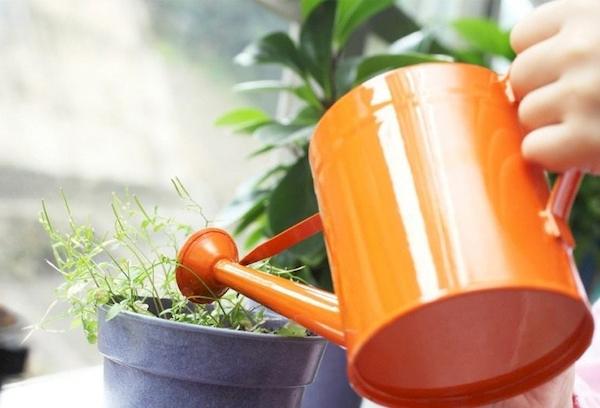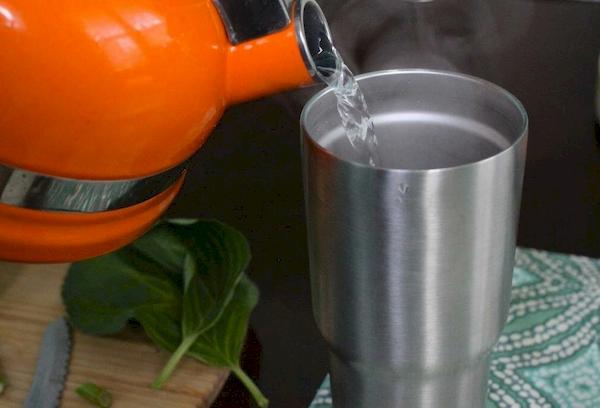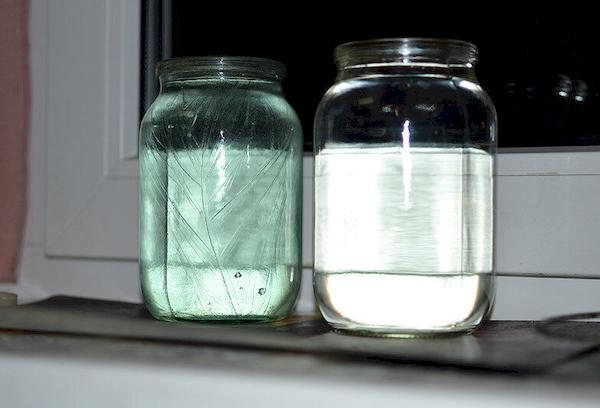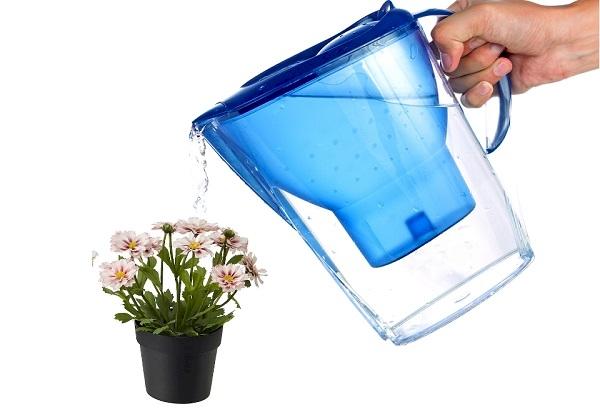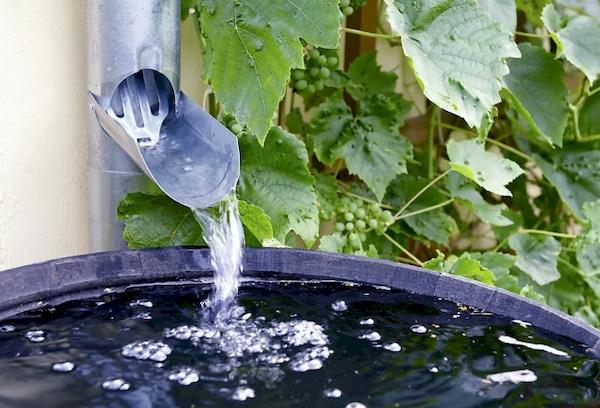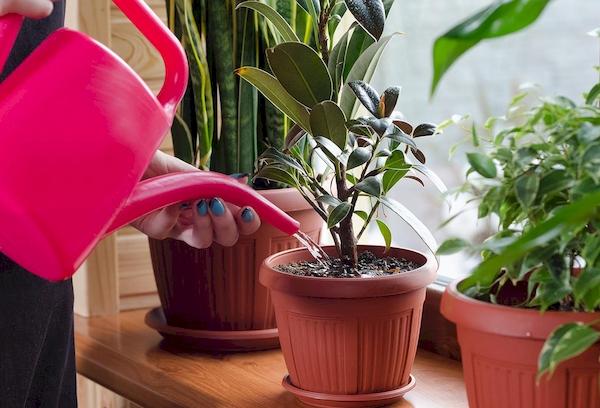Is it possible to water plants with boiled water - proper watering of indoor flowers
You can water indoor flowers with boiled water on an ongoing basis, but you will need to follow simple rules. There is an opinion that this method of watering can only be used occasionally. Some consider boiled water to be “dead”, containing nothing beneficial for plants. There is no consensus on this issue, so it is worth examining it in more detail.
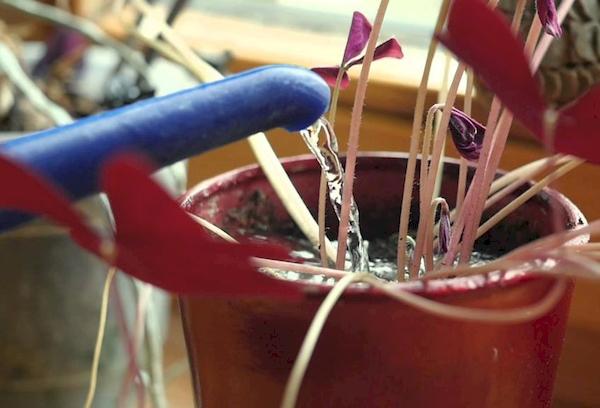
The benefits and harms of boiled water for flowers
The harm and benefits of boiled water for flowers can be considered relative. It depends on what you compare this irrigation liquid with. For example, melt or rain water is considered more suitable for this purpose. What flows from a tap can hardly be considered an ideal substance.
If we talk about the advantages of boiling, they are as follows:
- in the process of heating to high temperatures, chlorine evaporates from water;
- disinfection occurs, because During boiling, harmful microorganisms die;
- calcium and magnesium salts precipitate, making the water softer.
The harm consists of a decrease in the amount of minerals and the volatilization of oxygen. The water becomes as if empty. It is necessary to take into account the individual needs of each flower. For example, many plants cannot tolerate hard water.
Increased hardness affects the acidity of the soil, shifting the balance towards increasing alkali, while most indoor flowers are comfortable in neutral or slightly acidic soil with a pH of 5.5-7 units.
If this indicator increases to 7.5 pH or more, the following happens:
- the soil is covered with a salt crust on top;
- metabolic processes in plant tissues are disrupted;
- flowers begin to absorb nutrients worse;
Plants slow down their growth. Their ability to resist diseases and pests decreases.
Saintpaulias (violets), azaleas, orchids, and ferns cannot tolerate hard water at all. However, there are plants that benefit from a large amount of minerals, these are citrus fruits, ficus trees, and various types of bonsai. For other plants, you can alternate watering with soft and hard water. Observing the flower will tell you how often and what to water it with. Any negative changes in appearance should be regarded as a need to adjust your care.
Preparing boiled water for irrigation
If a yellowish coating appears on the surface of the soil, you can temporarily transfer the flower to watering with boiled water. The top layer of soil in the pot is replaced with a fresh portion of soil. Such changes will help improve the structure of the soil and the condition of the plant itself.
It will take about a month to water the flower with boiled water, after which they return to their usual care. Before watering, the boiling water is not only cooled, but also allowed to sit for 2 days. During this time, the water will have time to become saturated with oxygen, which will make it more valuable.
In addition, you can help plant roots absorb enough oxygen by regularly loosening the soil in the pot.The lack of minerals in boiled water cannot be eliminated, but replacement measures can be taken. Plants with such watering are regularly fertilized. It is better to use a complex fertilizer suitable for a specific plant type. These fertilizers contain all the substances that green pets need for growth.
In the warm season, plants are watered with water whose temperature is equal to the air temperature or slightly higher. During cool wintering, the irrigation liquid should be colder - 10-12° C. Watering with warmer water can cause the plant to come out of dormancy. However, the volume of water added should be very small, just enough to moisten the soil in the pot, otherwise the roots may rot.
How to improve the quality of tap water without boiling
Water straight from the tap should not be used to water plants. It should be poured into a container of suitable volume (enough for all flowers) and left at room temperature for 1-2 days. During this time, the water will warm up, and various impurities contained in it will settle to the bottom. It is not for nothing that such water is called settled.
To prevent alkalization of the soil, acidifying substances are added to the liquid every 4-5 waterings.
Consumption of acidifiers per 5 liters of water:
- table vinegar 9% - 50 ml;
- oxalic acid – 1 g;
- black peat – 50 g.
The addition of peat will also serve as additional nutrition. To prevent plants from suffering from increased hardness, they are watered with rain and melt water as a preventive measure. Both of these options are considered ideal, so it makes sense to take care of preparing similar water for your plants.
Filtration
Filtered water is very helpful for flower growers.The filter can be anything - a jug, flow-through or in the form of an installation built into the water supply. These devices purify water from mechanical impurities, soften it, and remove chlorine.
The water after the filter does not need to settle, but may require heating in the cold season. It can be used not only for watering, but also for spraying leaves. In this case, there will be no whitish spots left on the leaf plates after the drops have dried.
Benefits of Rainwater
The advantage of rainwater is its oxygen saturation. It also has a neutral acid-base balance. Rain falling from the sky can be good for plants, but it can also cause harm.
It's all about the influence of polluted ecology. Outside the city, rainwater can be collected at any time. In urban areas it is better to follow a different rule. If the rain has just started, you should wait until the next day or wait at least for some time. You can collect rainwater after a few hours of rainy weather, because all harmful impurities fall to the ground along with the first drops of rain.
It is better not to use rainwater that has fallen after a long drought for irrigation. Those who use this watering technique note a positive reaction from the flowers. Orchids, cyclamen, begonias, and pelargoniums respond to rainwater with abundant and long-lasting flowering.
Benefits of melt water
Melt water is obtained by freezing and further thawing the liquid. However, the contents of the water supply are not suitable for this purpose. After all, impurities from tap water will not go away. It is best to obtain melt water from natural sources, using snow brought from the street.You need to collect snow mass not in a courtyard surrounded by high-rise buildings, but outside the city limits.
In urban environments, you can collect clean snow that falls during heavy snowfall. The ideal container is an enamel bucket with a lid. If there are only a few flowers, a saucepan will do. At home, the water should be allowed to thaw naturally; it should not be heated on the stove due to the possible loss of beneficial properties.
Theoretically, you can freeze tap water in plastic bottles and then not completely thaw it. In the center of the remaining piece of ice there will be all the harmful impurities. But in practice this is not very convenient. The thawing process will need to be controlled, which will get boring pretty quickly.
An individual approach is always important when caring for plants. This principle also applies to watering indoor flowers. Some of them can be watered with boiled water constantly, some - periodically. This method can actually harm some plants. Observing indoor flowers during such an experiment will help you draw the right conclusions.

